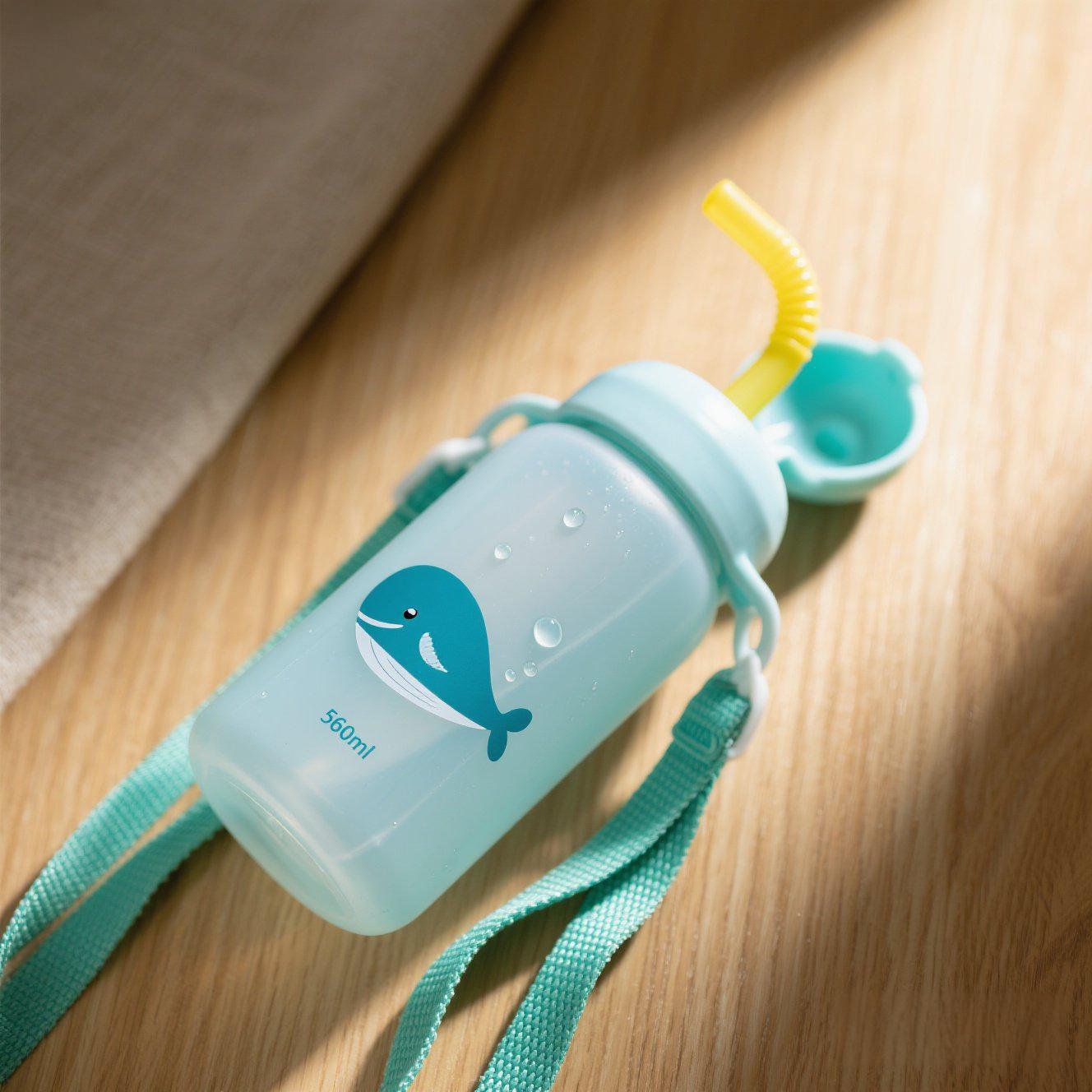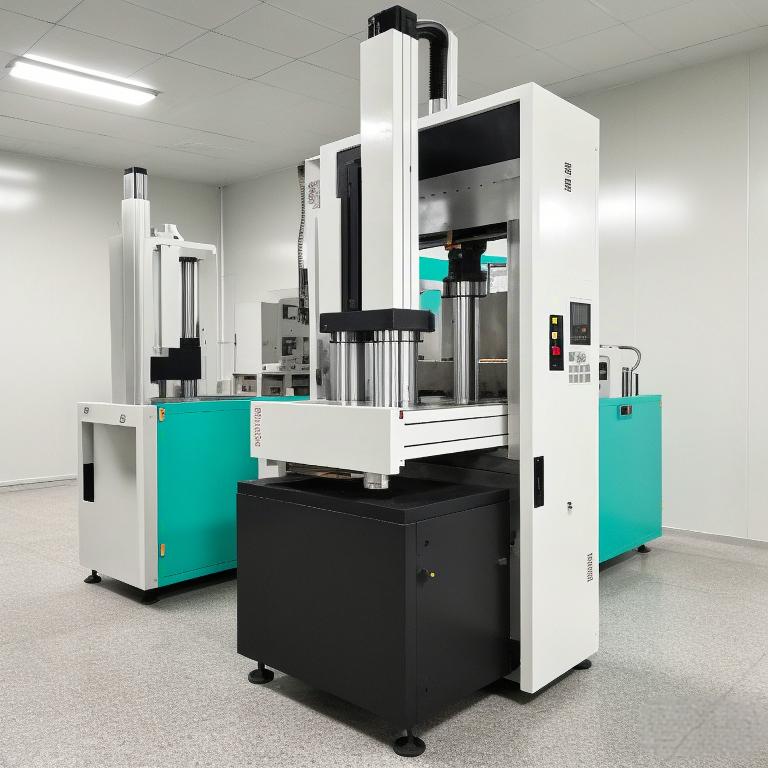目录
硅胶立方体模具已成为现代厨房不可或缺的工具,它集功能性、耐用性和设计性于一身,是厨师和家庭烹饪者必不可少的工具。在本文中,我们将深入探讨硅胶立方体模具的多方面优势,重点介绍我们的硅胶工厂提供的定制硅胶立方体模具,该工厂在制作高品质硅胶产品方面拥有无与伦比的专业技术。
1.硅胶冰模的多功能性
虽然硅胶立方体模具的主要用途是制作形状完美的冰块,但它的用途远不止于此。这些用途广泛的模具可以用来制作各种各样的冷冻美食,包括冰棒、果冻,甚至迷你芝士蛋糕。硅胶的柔韧性使您可以轻松取出您的作品,确保它们保持原有的形状和质地。
![]()
![]()
2.硅胶材料的优势
与其他材料相比,选择硅胶立方体模具的最有力的理由之一是硅胶本身的固有特性。硅胶以其惊人的柔韧性而闻名,这意味着无论模具的设计多么复杂,你都可以轻松地取出你制作的任何东西,而不会弄坏它。此外,硅胶还非常耐用,能承受 -60°C 至 +230°C (-76°F 至 +446°F)的极端温度,因此在冷藏室和烤箱中都能安全使用。
此外,硅胶不吸附异味或香精,因此您制作的产品将始终保持新鲜口感和原汁原味。在使用模具制作不同类型的冷冻食品时,这种特性尤为重要,因为如果材料吸附了异味,就很容易混杂在一起。
3.用硅胶方块模具制作创意食谱
硅胶立方体模具为烹饪实验提供了无限可能。想象一下,在五颜六色的多层冰块中加入水果块,或者在浪漫的晚餐中加入迷你巧克力草莓。这种模具还可以用来用自制果汁或冰沙制作形状有趣的冰棒。
对于那些喜欢娱乐的人来说,可以考虑在下一次晚宴上用模具制作带有食用花卉或香草的独特冰块,为您的晚宴增添优雅的气氛。选择是无限的,唯一的限制就是你的想象力。
4.有机硅的环保性
在注重环保的今天,消费者越来越多地在寻找传统厨具的可持续替代品。对于注重环保的人来说,硅胶是一个极佳的选择。它不仅不含双酚 A(BPA),对食品安全无害,而且可以重复使用和回收,从而减少浪费,将对环境的影响降至最低。
我们的硅胶工厂以生产符合客户价值观的环保型硅胶产品为荣。
5.硅胶立方体模具的创新设计
硅胶立方体模具市场上出现了一些真正迎合特定需求的创新设计。有些模具具有防漏盖等特殊功能,有些则采用可堆叠设计,以节省冰箱空间。我们提供的定制硅胶立方体模具有各种形状和尺寸,从标准立方体到复杂的几何图案,确保每个创意厨师都能找到适合自己的产品。
![]()
![]()
6.硅胶立方体模具 DIY 项目
硅胶立方体模具非常适合厨房以外的 DIY 项目。例如,您可以用它们来制作冰雕,将装有小物件(如玩具恐龙或闪粉)的水冷冻起来。它们还非常适合制作个性化的香皂或蜡烛,为礼物或家居装饰增添个人风格。
7.硅胶立方体模具购买指南
在选购硅胶立方体模具时,有几个因素需要考虑。首先,要考虑模具的大小和形状。您喜欢大块的冰块,还是更小更精致的冰块?其次,考虑品牌和声誉;查看评论以确保质量和耐用性。最后,制定一个适合自己的预算,记住,投资一个高质量的模具,从长远来看,它的使用寿命和性能都会得到回报。
最终想法
硅胶立方体模具是厨房的必备品,具有多功能性、耐用性和环保性。无论是制作美食,还是为烹饪增添创意,这些模具都能为您带来无限可能。我们的硅胶工厂以生产高品质的定制硅胶立方体模具为荣,这些模具将为您的烹饪和娱乐体验增色不少。



